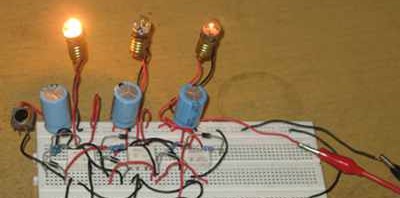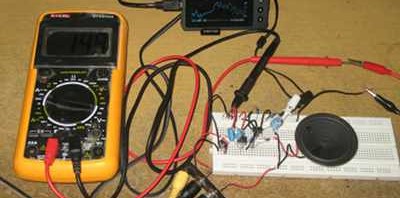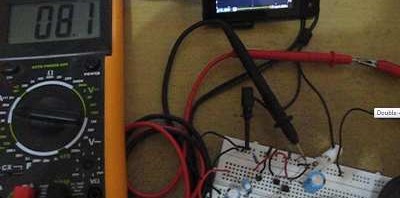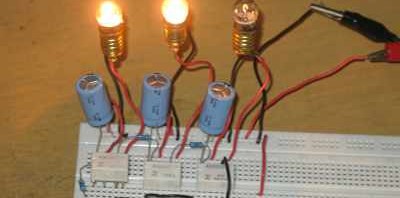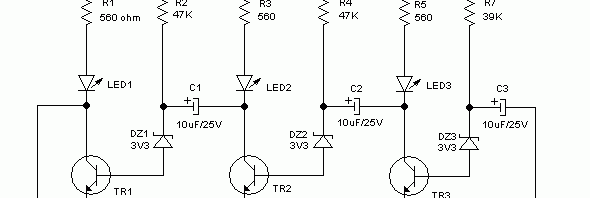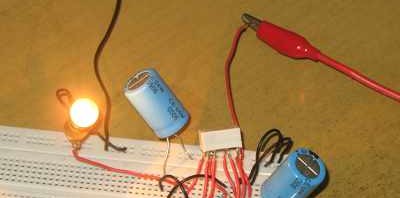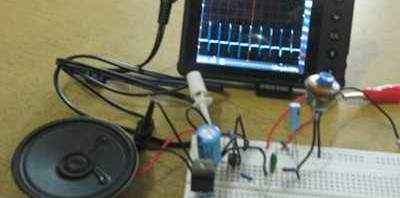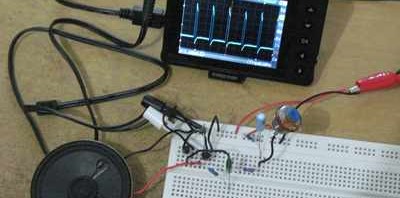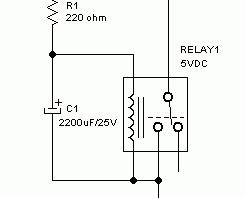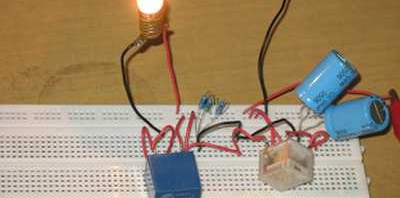Modular Fastest Quiz Controller Circuit Using Relays
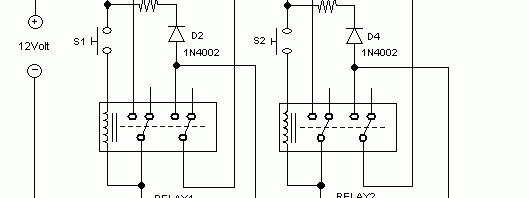
Introduction Fastest quiz controller is basically a switches controller, the switches are then used to control lamps and or alarms, which are designed to make indication of who is the first contestant that push the knob first, so the host can give the question for him. Many circuits of such controller are available on many websites, but here we present […]
Read more